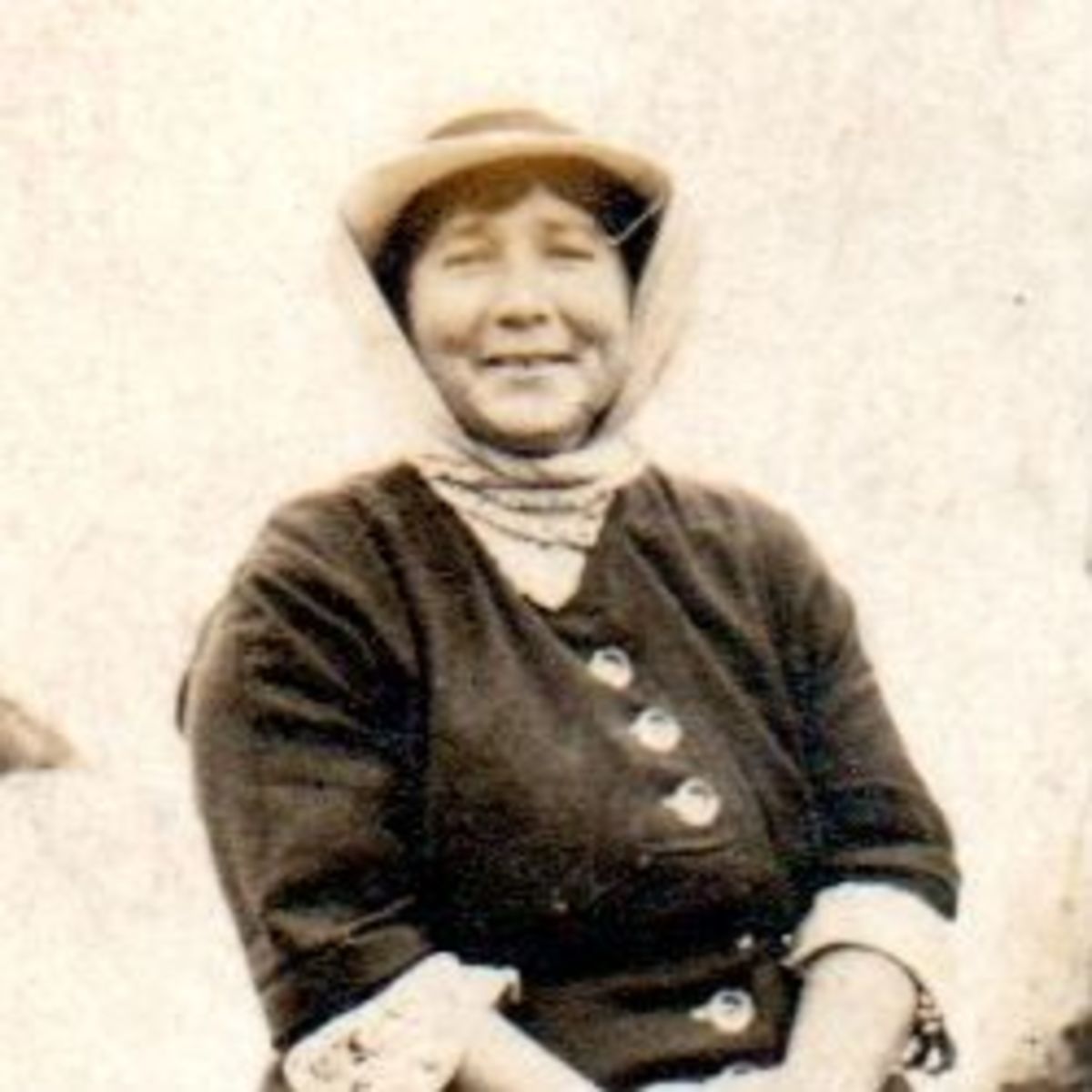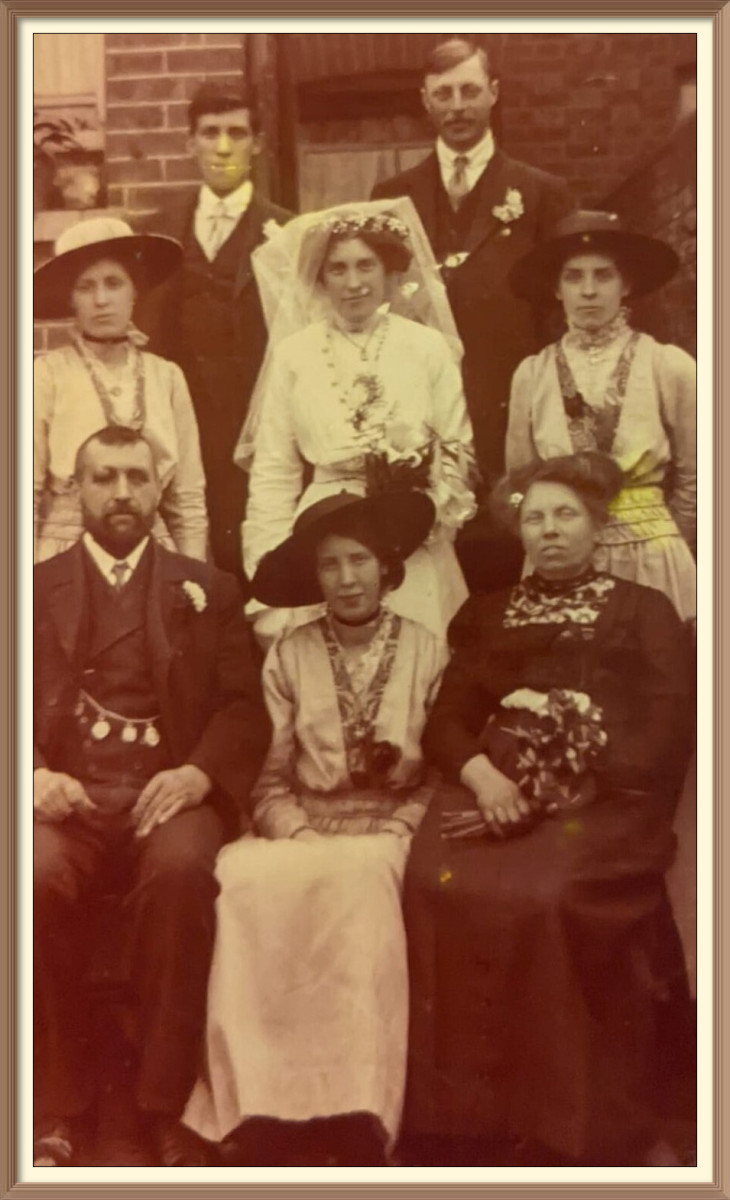Traps to Avoid When Climbing a Family Tree

So. Some momentous life-changing event has just occurred - say, a parent's death or the birth of your first child - triggering an inexplicable urge to Climb The Family Tree.
And off you go to document who begat who and gather interesting tidbits about the begatters...or the odd eccentric uncle...or your mother's great-grandfather who was reportedly hanged for stealing a neighbor's cow.
Piece of cake, right?
Wrong.
Climbing the family tree is full of traps which can stall your progress for years, or worse, cause you to waste months or years on a totally unrelated branch.
Below are three of the most common traps, all of which can be avoided entirely if you know what to watch out for.
Trap #1: Great-aunt Agatha's Memory Was Perfect
Most people remember exactly where they were and what they were doing when JFK was assassinated, or man first walked on the moon, or the Twin Towers fell. But do you really believe an elderly relative can accurately recall - from memory - details of less newsworthy events that took place 30 or 40...or more...years ago?
For example, having been the main participant in my now-grown children's arrival on the planet, I can always remember the month and day each came into the world, but not necessarily the year. Not because my memory is failing, mind you, but rather because Life has added several decades of new information to the file cabinet between my ears.
Therefore, unless Great-Aunt Agatha is only sharing how your grandfather nearly died at the age of 7 after being stung by a rogue bee at a family picnic in the park, be sure to verify her version of a more noteworthy event through other sources. If for one reason or another this isn't possible, at least add a disclaimer to that effect, to alert future generations to search for documentation that may have become available in the interim.
Trap #2: Tombstones Don't Lie
Oh, but they DO!
For the simple reason that what you see "carved in stone" is nothing more than the end result of a multi-step process rife with opportunities for human error.
First, the person ordering the stone must have provided the deceased's correct birth date. These days, the documentation required for a drivers license or Social Security card minimizes, if not totally eliminates, the chances for error at this point. But 200 years ago, or even 100, it wasn't so easy to verify a loved one's date of birth. Hence, it wasn't uncommon for women, out of vanity, to shave a few years off their ages. But men could be equally vain, especially when courting a much younger bride.
Even with a correct birth date, the next opportunity for error was at the point the date was entered on the order form. The clerk taking the order might be dyslexic and transpose some of the numbers, though he or she wouldn't remain employed very long if this happened very often.
The order was then given to an engraver, who might've hoisted one too many at the local pub the previous evening and things still looked a bit fuzzy in the morning light.
Nowadays, stones are engraved with a machine, but back when a hammer and chisel were the tools of the trade, an inscription was only as accurate as the stone carver's proficiency with his tools. A slip of the chisel, and rather than waste a perfectly good (and expensive!) chunk of marble, a "3" would become an "8", or a botched "7" a "2" (which many believe is exactly what happened on my gr-gr-gf Hezekiah CONN's stone).
The placement of surnames on a tombstone can also lead a family historian down the wrong path.
After spinster Agnes Stillings' father died in Kansas in 1910, she and her elderly mother moved to a small town in Washington, where she became the local Postmistress. When her mother died, Agnes was in her early forties and still unmarried, with no prospect of altering her status. A double stone was duly purchased, and "STILLINGS" was engraved across the top. On the left half were her mother's first name and dates; on the right, her own first name and birth date.
Fast forward five years. Agnes meets Harvey Miller, a local merchant several years her senior. They hit it off and - wonder of wonders - get married. Agnes Stillings becomes Agnes Miller. Unfortunately, Harvey died only two years after the wedding and was buried in the same plot as Agnes's mother. "Harvey Miller" was added to the stone in the space between "Maryann" and "Agnes".
Not a problem if one knows Harvey and Agnes were husband and wife. But the person who walked the cemetery in 2001 apparently didn't, and incorrectly recorded the trio as "STILLINGS, Maryann", "STILLINGS, Harvey Miller", and STILLINGS, Agnes".
Stillings descendants unaware that Agnes married in middle age could easily make the same mistake, and unless they check other sources, could very well spend years looking for the birth record of Agnes's "brother": "Harvey Miller Stillings".
By the same token, if Harvey Miller was previously married...which his age at their marriage would indicate was a distinct possibility...descendants of the first marriage may have difficulty locating his grave.
Trap #3: Census Takers Didn't Make Mistakes
Well, not intentionally.
Censuses are a great research tool, but just that - a tool. Enumerators were human, not psychic, and only recorded the information provided by whichever household member came to the door. Or if a child answered the knock, whichever adult happened to be home.
Enumerators also weren't required to meet every person an informant stated was a resident at the address on Census Day. Grown sons or recently married daughters who had already left home were often shown in U.S. and UK censuses still living with their parents. It was also not uncommon for a wife whose husband had left her to tell the enumerator, out of shame or optimism, that he still lived with her. As for the ages of household members, again the enumerator only recorded whatever he was told.
Enumerators were supposed to visit every home in their assigned area, but that doesn't mean they actually did so. Depending on the weather and time of year, an enumerator might record whatever information he could glean about the residents of one address from their neighbors at the next. (This practice was more common in rural areas, not cities, because residents of farming communities were often related to one another.)
Few people are aware that during the late 1800s it was considered "impolite" for a census taker to ask for the spelling of a last name. Unless he had personal knowledge of the surname or a family member voluntarily spelled it for him, he was to spell it as best he could. For this reason, if you can't find an ancestor with an unusual last name under the correct spelling in a census, try the phonetic spelling. For instance, "Cop" instead of "Kaup" or "Koph". Also, if your ancestor was a recent immigrant, imagine how the name might've sounded with a thick accent, and that's probably how the census taker heard it too.



